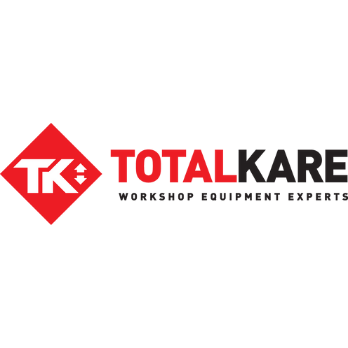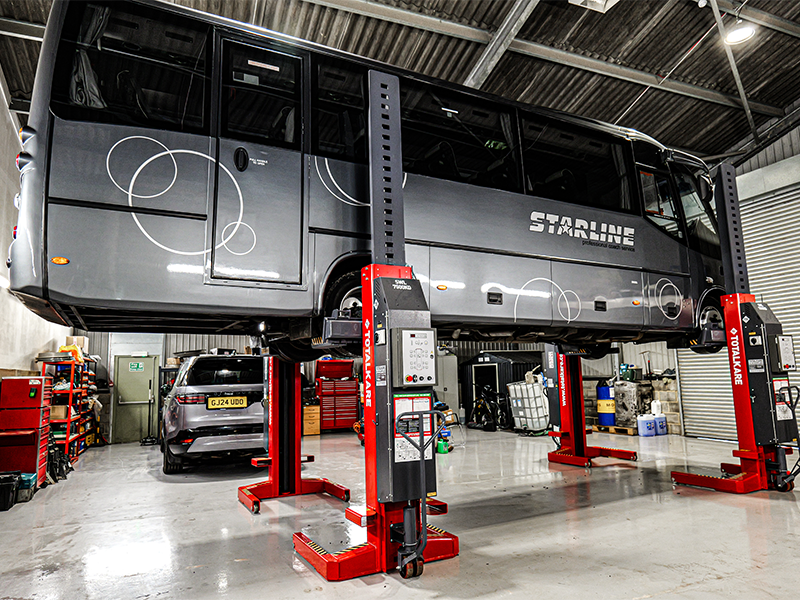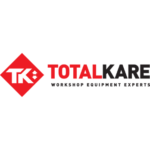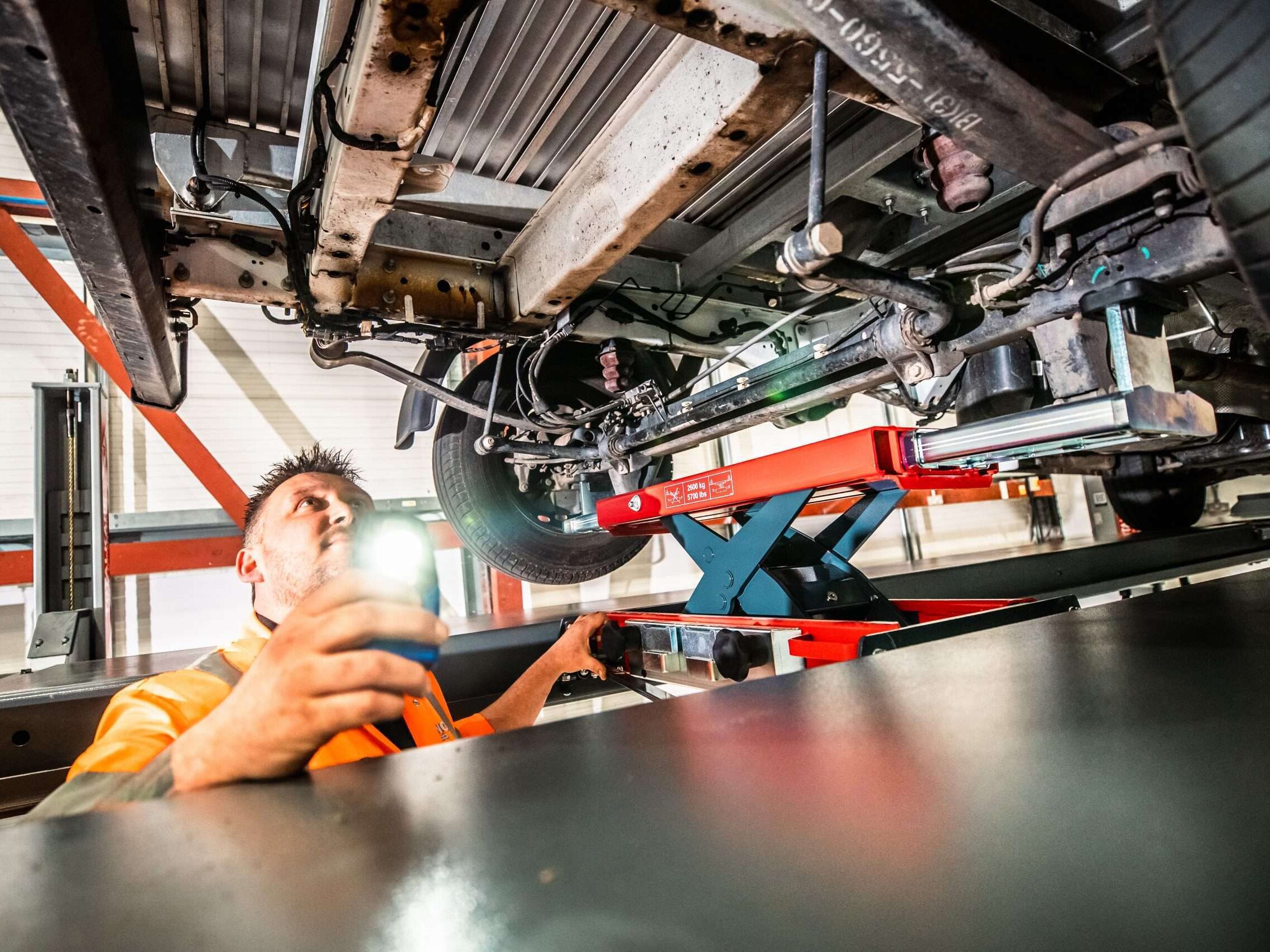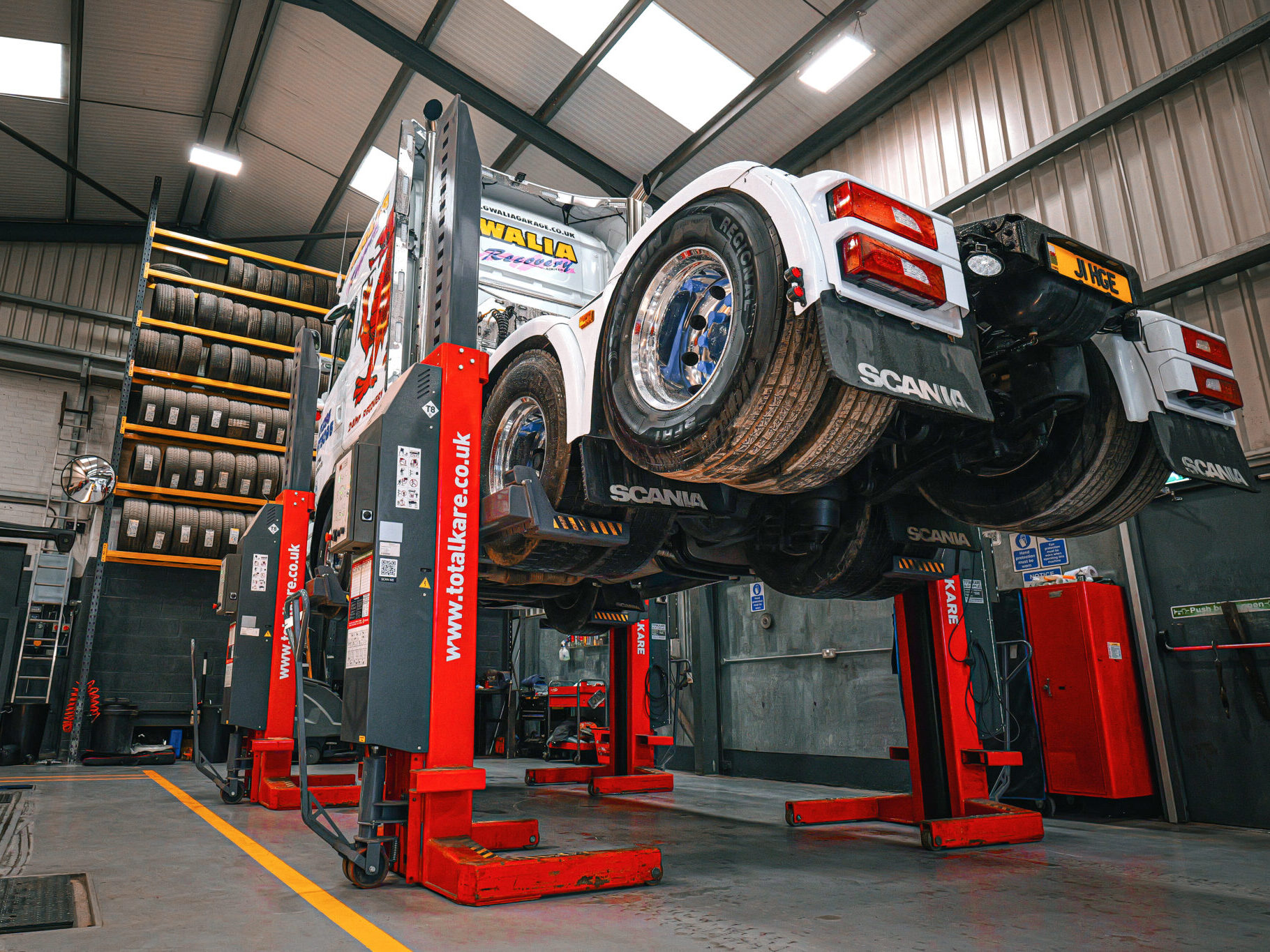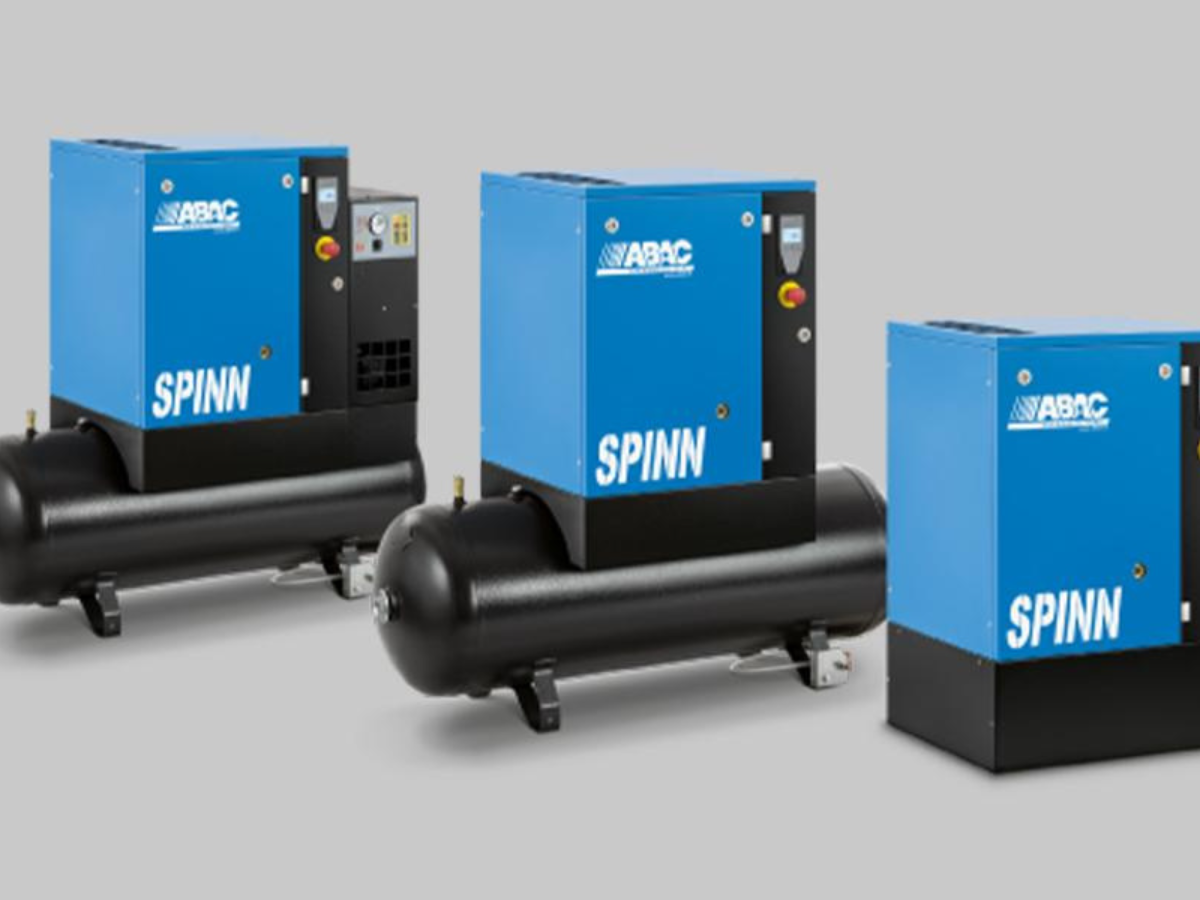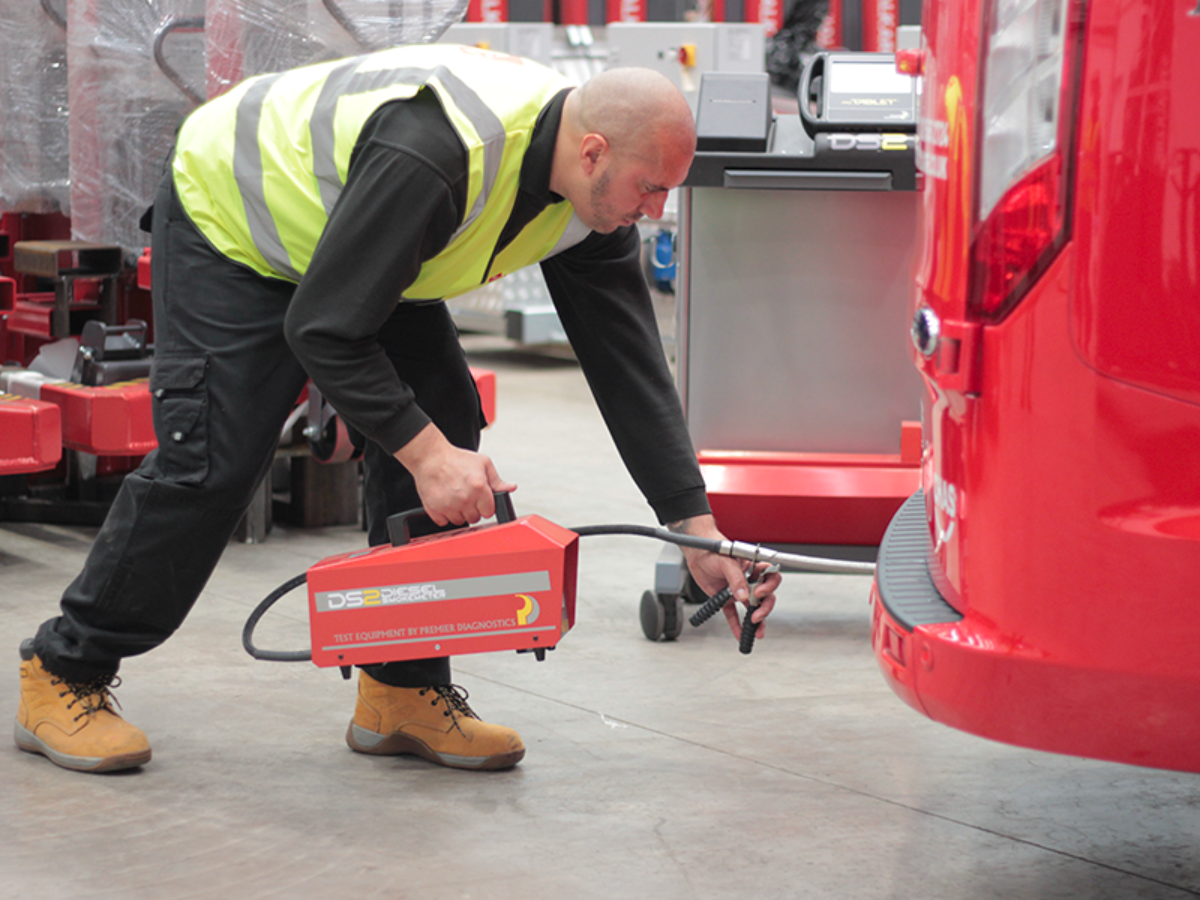If you’re shopping around for a new lift for your workshop, it’s easy to pick from the obvious features — matching the weight of your vehicles to the capacity of each lift.
But when you drill down the details, there’s a lot going on between the different types of commercial vehicle lifts. And if you’re not aware of these smaller differences, you could end up with a lift that’s not right for your business.
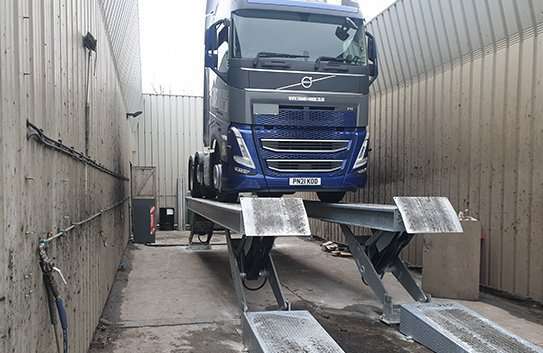
So, beyond the big specs that are hard to miss, what exactly should you be looking for?
We’ll show you with a prime example — comparing two of our commercial vehicle lifts that seem similar on the surface, but each have their own distinct differences to think about.
Here’s what you need to know about our Heavy Duty Four Post Lift and our Heavy Duty Y-MECH.
Platform Length
When it comes to their lifting capacity, there’s not a lot of difference between the Y-MECH and the Four Post — with a maximum capacity of 35,000kg for each of them.
But when you’re looking at the length of the vehicles you’re lifting, there’s a significant difference.
The Y-MECH comes with a maximum platform length of 13 metres. And for many workshops, that’s more than enough. With the exception of articulated vehicles, you won’t see many vehicles past the 12-metre mark.
But for workshops that service buses or articulated HGVs, that 13-metre limit won’t always be enough. Instead, those workshops will need to invest in a lift with a larger platform length — like the 18-metre limit of the Heavy Duty Four Post Lift (or the flexible lifting of an in-ground lift or mobile column lifts).
What’s important is to remember that a vehicle lift is an investment for the future. It’s not enough to think about the vehicles you’re servicing today — you need to think about the potential vehicles you might start servicing in the future, and make sure you’ve got a lift that will last through any changes to your business.
Mounting and Recess
Both the Y-MECH and the Four Post are fixed installation lifts. And like most fixed installation lifts, that means you’ll be losing some free space on your workshop floor.
But not all fixed-installation lifts are created equal.
While the Four Post Lift comes with — you’ve guessed it — four posts or columns that do the lifting, the Y-MECH does its lifting using legs that are positioned directly under the wheel platforms.
And that creates a space-saving opportunity for the Y-MECH lift:
With options for recessed mounting (as opposed to the surface-mounted version), you can get the wheel platforms of a Y-MECH fitted perfectly flush to the floor.
That’s great for positioning vehicles easily, with a flat surface to drive onto. But it’s also a good option for any workshop that’s short on floor space.
Without any permanent columns sticking up from the ground, a recessed Y-MECH that isn’t being used creates a flat and empty area on your workshop floor — a space that your teams can use for different jobs, or simply to help reduce congestion as your workers navigate the limited floor space of your premises.
360-Degree Access
We’ve talked before about how different types of vehicle lifts can give you different types of access when it comes to working on the wheels.
But there’s more to accessing a vehicle than just the wheels and the chassis — and it’s another small detail that might be easy to miss.
Because the Heavy Duty Four Post Lift comes with columns at each corner, there are parts of your vehicles that can be hard to reach while the vehicle’s raised.
Depending on the width and length of your vehicles — especially in relation to the position of the wheels — you could find that you have limited access to the corners of your vehicles, and your teams might struggle if they’re using bulky hand tools and equipment around those areas.
But with the lifting legs of a Y-MECH, there are no columns in front of the vehicle. You’ve got full access across 360 degrees of the vehicle’s body and frame, with no risk of obstructions if you need to work on components and systems that are close to the vehicle’s corners.
That means you’ll be able to carry out the full range of services you need in one lift — without bringing the vehicle down, and without any time-consuming repositioning.
Need the Full Lowdown on our Vehicle Lifts?
Like most things in life, the devil’s in the details. And if you’re getting ready to invest in a serious piece of kit, you need a full understanding of how your equipment works in practice.
So if you’re looking to upgrade or replace your vehicle lifts, get the complete picture before you make a decision — take a look at our full range of commercial vehicle lifts, or talk to one of our workshop experts to learn the finer details of what each one can do.
This article was originally published by Totalkare Ltd.

